
Browse an alphabetical list of photographs. These historical images portray people, places, and events before, during, and after World War II and the Holocaust.
<< Previous | Displaying results 1801-1810 of 2641 for "Photo" | Next >>
Portrait of Faye Schulman in 1938, at about 14 years old. Lenin, Poland.
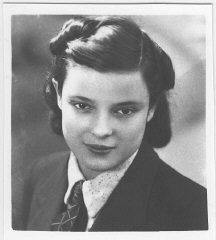
Portrait of Franz Stangl, the first official commandant of the Sobibor killing center. He is later transferred to the Treblinka killing center, where he served as commandant from September 1942–August 1943.
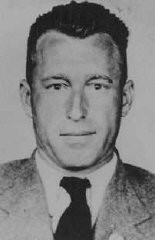
Portrait of Georg Duckwitz, German naval attache in Denmark who leaked the Nazi plan to deport Danish Jews. Place and date uncertain.
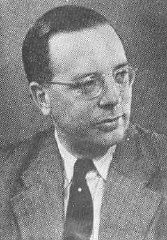
Portrait of Hana Ergas, wife of Isak Ergas. She lived at Zmayeva 20 in Bitola. This photograph was one of the individual and family portraits of members of the Jewish community of Bitola, Macedonia, used by Bulgarian occupation authorities to register the Jewish population prior to its deportation in March 1943.
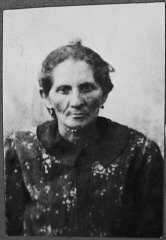
Haviva Reik, a parachutist from Palestine, before her mission to aid Jews in Slovakia. She was caught and executed by the Nazis. Palestine, probably before September 1944.
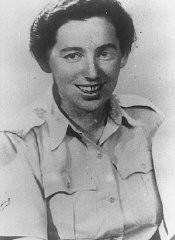
Portrait of Helen Keller, seated, reading Braille. September 1907. In 1933, Nazi students at more than 30 German universities pillaged libraries in search of books they considered to be "un-German." Among the literary and political writings they threw into the flames during the book burning were the works of Helen Keller.
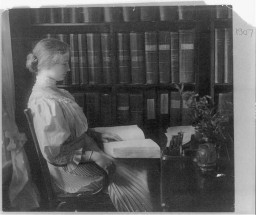
Portrait of Herschel Grynszpan taken after his arrest by French authorities for the assassination of German diplomat Ernst vom Rath. Grynszpan (1921-1943?). Born in Hannover, Germany, was the son of Polish Jews who had immigrated to Germany. In 1936 Grynszpan fled to Paris. On November 7, 1938, after having learned of the expulsion of his parents from Germany to Zbaszyn the Polish frontier, Grynszpan assassinated Ernst vom Rath, the third secretary of the German embassy in Paris. The diplomat's…
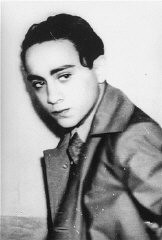
1942 portrait of Ita Guttman with her twin children Rene and Renate. When the twins were very young, the family moved to Prague. In the fall of 1941 the Germans arrested Ita's husband, Herbert. Subsequently, the twins and their mother were deported to Theresienstadt, and from there, to Auschwitz.
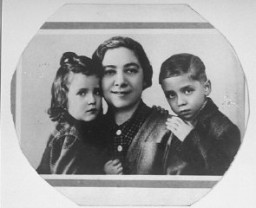
Portrait of James Ingo Freed, architect of the United States Holocaust Memorial Museum. New York, April 1992.
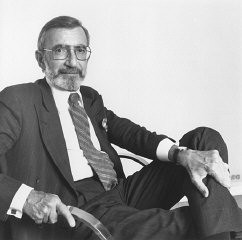
Jan Karski, underground courier for the Polish government-in-exile, informed the West in the fall of 1942 about Nazi atrocities against Jews taking place in Poland. Washington, DC, United States, 1943.
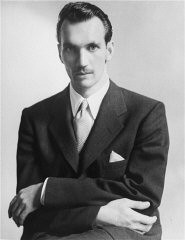
We would like to thank Crown Family Philanthropies, Abe and Ida Cooper Foundation, the Claims Conference, EVZ, and BMF for supporting the ongoing work to create content and resources for the Holocaust Encyclopedia. View the list of donor acknowledgement.